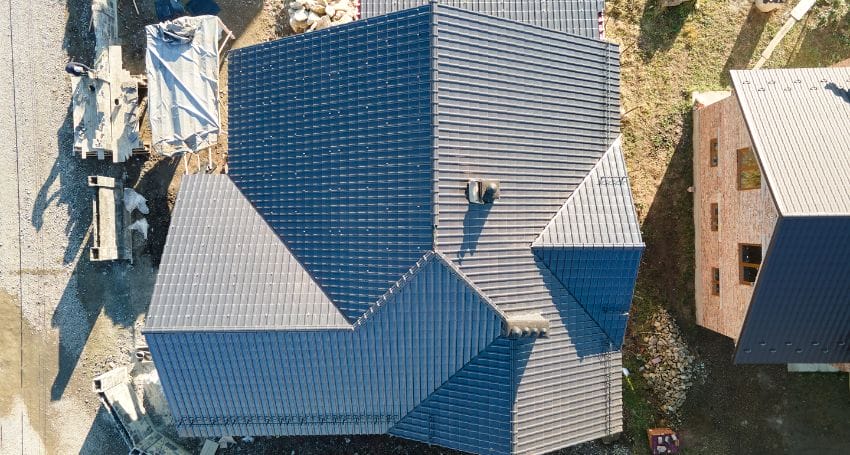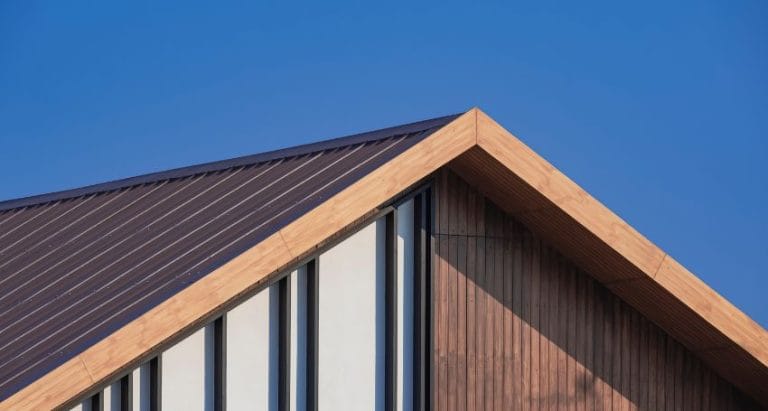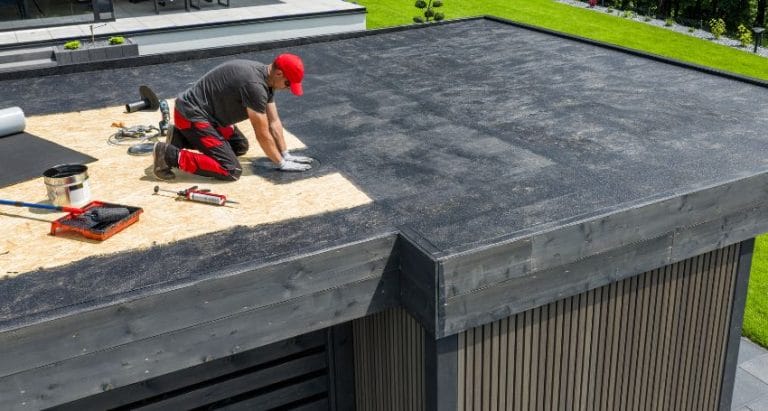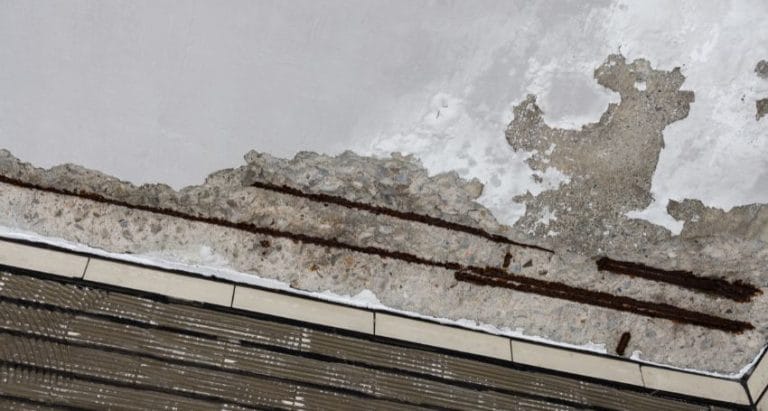When it comes to building a roof that stands the test of time, metal roofing techniques are among the most reliable and versatile options. Whether you are considering a modern metal roof for a sleek design or prefer traditional metal roofing with copper or zinc, choosing the right technique ensures durability, aesthetics, and energy efficiency. At Zinc & Copper Works, we specialize in sustainable metal roofing that combines craftsmanship with advanced installation methods. In this guide, we’ll explore the essential techniques, materials, and best practices to help you make informed decisions for your roofing project.
Understanding Metal Roofing Techniques
Metal roofing comes in various forms, each with its unique benefits and installation methods. Some of the most popular metal roofing techniques include:
1. Standing Seam Metal Roof
A standing seam metal roof features long panels that interlock with raised seams, hiding fasteners and creating a sleek, continuous surface. This technique is excellent for weatherproof roofing solutions and is often used in both residential and commercial projects. Standing seam roofs offer high durability, resistance to corrosion, and minimal maintenance over time.
2. Corrugated and Ribbed Panels
Corrugated metal panels are another effective method. They are strong, cost-effective, and provide a traditional industrial look. These panels are ideal for those seeking an affordable solution without compromising on longevity. Proper installation ensures the roof remains leak-free, even in extreme weather conditions.
3. Zinc Roofing Techniques
Zinc roofing techniques focus on using pre-patinated zinc sheets for roofing or cladding. Zinc naturally develops a protective patina over time, which makes it resistant to corrosion and low-maintenance. Installation requires precision, particularly in seam joining and fixing, to ensure durability.
4. Copper Roofing Techniques
Copper roofing techniques are renowned for elegance and longevity. Copper roofs can last over a century, developing a beautiful green patina as they age. Copper roof installation demands careful attention to thermal expansion, seam alignment, and fastener placement to maintain structural integrity.
5. Flat Metal Roof Installation
For flat or low-slope roofs, metal roof installation involves layered assemblies, often referred to as build-ups. These include waterproof membranes, insulation, and the metal layer itself. This technique ensures efficient water drainage, condensation control, and energy efficiency.
Benefits of Using Metal Roofing Techniques
Implementing expert metal roofing techniques comes with multiple advantages:
- Longevity: Metal roofs, whether copper, zinc, or steel, can last 50+ years with proper maintenance.
- Sustainability: Eco-friendly roofing materials like zinc and copper are recyclable and reduce environmental impact.
- Weather Resistance: Proper installation provides excellent protection against rain, snow, and wind.
- Energy Efficiency: Reflective metal surfaces can lower cooling costs in hot climates.
- Low Maintenance: Metals like zinc and copper require minimal upkeep compared to traditional roofing materials
Ready to upgrade to a durable metal roof? Contact us Works today for expert consultation!
Modern vs Traditional Metal Roofing
Choosing between modern metal roofs and traditional metal roofing depends on aesthetic preferences, project requirements, and budget:
Modern Metal Roof
- Sleek, minimalist appearance
- Typically uses standing seam metal roof techniques
- Suitable for contemporary architecture
- Incorporates sustainable insulation and underlayment materials
Traditional Metal Roofing
- Includes copper, zinc, and sometimes aluminium
- Focuses on craftsmanship and classic aesthetics
- Copper and zinc develop natural patina over time
- Often used in heritage or historical property restoration
Key Considerations for Metal Roof Installation
Proper metal roof installation is critical for performance and longevity. Here are the essentials:
- Material Selection: Choose between zinc, copper, aluminium, or steel based on budget, climate, and desired finish.
- Seam and Fastening Techniques: Standing seam and concealed fasteners enhance durability. Exposed fasteners require high-quality sealants.
- Thermal Expansion & Movement: Metals expand and contract with temperature changes; seams and fixings should allow for this movement.
- Underlay & Insulation: Proper layers prevent condensation and improve energy efficiency.
- Maintenance: Regular inspections, cleaning gutters, and checking for loose fasteners extend roof life.
By considering these factors, you ensure your roof remains a strong, functional, and beautiful part of your home for decades.
Sustainable Metal Roofing
In addition to durability, sustainable metal roofing techniques are increasingly popular. Materials like zinc and copper are eco-friendly roofing materials that can be fully recycled at the end of their life cycle. Moreover, metal roofing supports energy efficiency by reflecting sunlight and reducing cooling loads, making it an environmentally responsible choice for modern homes.
Want a roof that lasts and looks stunning? Get professional metal roofing services from Zinc & Copper Works now!
Frequently Asked Questions (FAQs)
Q1: What is the best metal roofing technique for long-lasting performance?
Standing seam metal roof techniques are widely recognized for longevity and low maintenance, though copper and zinc roofing techniques also offer exceptional durability.
Q2: Can I install a modern metal roof on a traditional home?
Yes, with proper design integration, modern metal roofs can complement traditional architecture while offering durability and weatherproofing.
Q3: How often should metal roofs be maintained?
Regular inspections every 1-2 years are recommended, focusing on fasteners, seams, and gutter systems. Zinc and copper roofs require minimal maintenance due to their natural protective properties.
Q4: Are metal roofs eco-friendly?
Absolutely. Metals like zinc and copper are fully recyclable, and energy-efficient roofing systems can reduce heating and cooling costs.
Q5: How long does metal roof installation take?
The duration depends on the size and type of roof. Typical residential installations range from a few days to a couple of weeks, including preparation and finishing.




